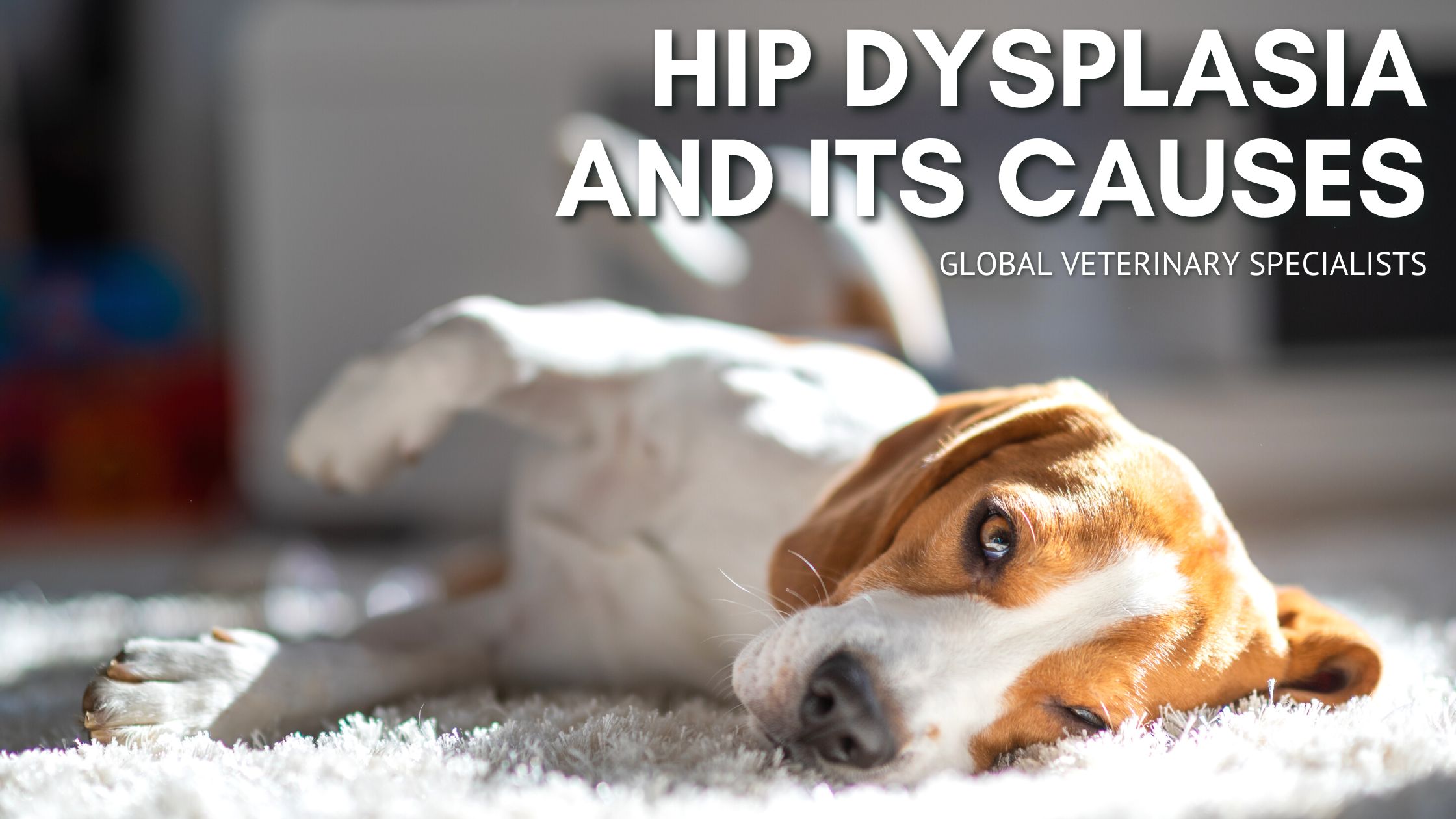There are many causes of hip dysplasia (HD), but one of the most common is abnormal laxity of the hip joint, in which the ball and socket do not fit properly. This leads to inflammation and pain and may eventually require hip replacement surgery.
In order to identify the exact abnormal hereditary code for the canine genome, extensive research will be conducted on the genome in order to uncover the cause of hip dysplasia that affects so many dogs and cats in the world. Hip dysplasia is a multifactorial condition, meaning many factors can contribute to its development. Genetics is believed to be the single most significant contributor.
Symptoms of Canine Hip Dysplasia
While some dogs can begin to show signs of HD as early as six months of age, most exhibit symptoms by one year of age. Before starting to progress gradually, symptoms are often subtle, although this may vary depending on the severity and any underlying conditions. Common symptoms your dog may exhibit include:
- Limping
- Decreased activity
- A “bunny hop” gait
- Difficulty rising after rest
- Hesitance to jump or climb stairs
- Premature tiring, especially during exercise
- Weight shifting from one or both hind feet
- Slightly arched back, resulting from weight shifting.
Over time, primarily in situations where hip dysplasia is left untreated, secondary osteoarthritis (OA) can develop. In secondary osteoarthritis, the inflamed tissues surrounding the abnormal joint may thicken with scar tissue, further impacting the dog’s quality of life. Early treatment by a veterinary surgeon is essential.
Schedule an Appointment with a Veterinary Surgeon
Global Veterinary Specialists recognize that dogs and cats encounter orthopedic injuries, disabling difficulties, and diseases that can impact their quality of life. Each GVS surgeon has more than twenty years of experience treating complex problems that may arise in your pets. Please contact us today to learn how we treat hip dysplasia and restore your pet’s quality of life.



